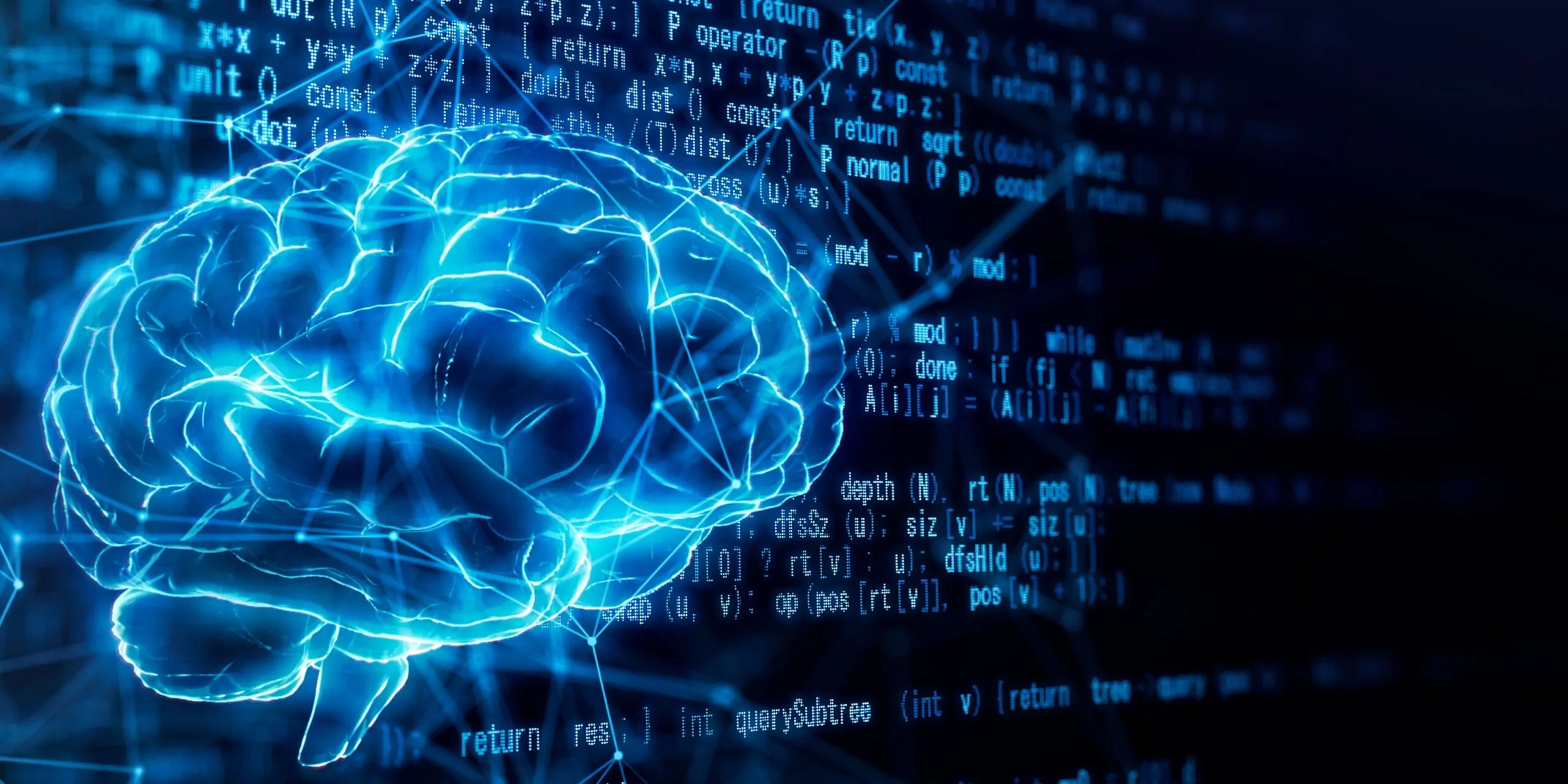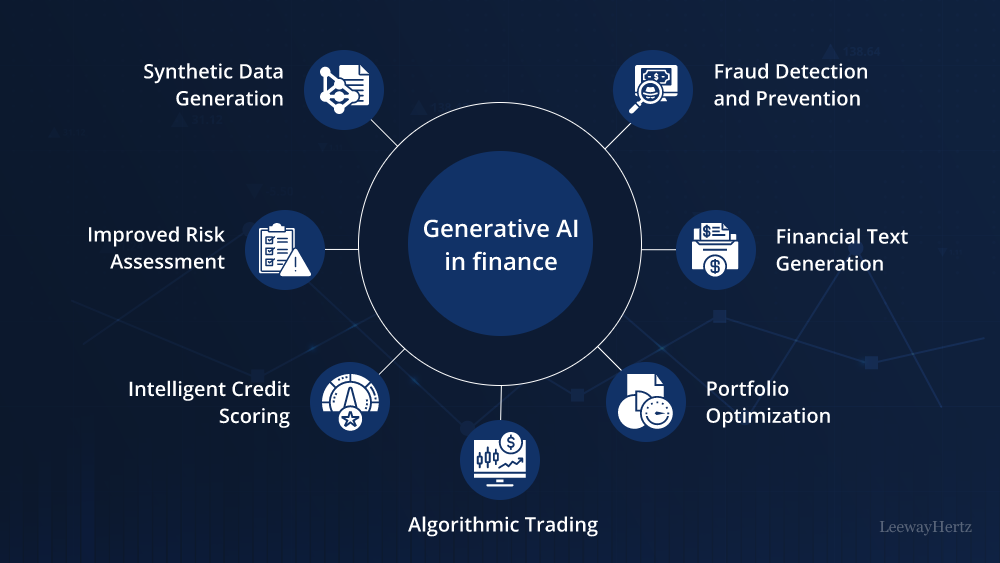All Categories
Featured
That's why many are applying dynamic and intelligent conversational AI versions that consumers can connect with via message or speech. GenAI powers chatbots by recognizing and producing human-like text actions. Along with customer care, AI chatbots can supplement advertising initiatives and assistance interior interactions. They can also be integrated right into internet sites, messaging applications, or voice assistants.
Many AI business that train large versions to create message, pictures, video clip, and audio have actually not been transparent about the content of their training datasets. Various leakages and experiments have actually disclosed that those datasets consist of copyrighted product such as publications, news article, and motion pictures. A number of legal actions are underway to figure out whether use of copyrighted material for training AI systems constitutes fair usage, or whether the AI business require to pay the copyright holders for usage of their material. And there are naturally numerous classifications of poor stuff it could theoretically be used for. Generative AI can be used for customized frauds and phishing attacks: For instance, utilizing "voice cloning," fraudsters can copy the voice of a certain person and call the individual's family with an appeal for aid (and money).

(At The Same Time, as IEEE Spectrum reported this week, the united state Federal Communications Compensation has actually reacted by outlawing AI-generated robocalls.) Image- and video-generating devices can be utilized to generate nonconsensual porn, although the tools made by mainstream companies forbid such usage. And chatbots can theoretically walk a prospective terrorist through the steps of making a bomb, nerve gas, and a host of various other scaries.
What's more, "uncensored" variations of open-source LLMs are available. In spite of such prospective issues, lots of people think that generative AI can also make people a lot more productive and can be utilized as a device to enable completely brand-new forms of imagination. We'll likely see both catastrophes and innovative flowerings and plenty else that we do not expect.
Discover more about the mathematics of diffusion versions in this blog site post.: VAEs are composed of 2 semantic networks commonly referred to as the encoder and decoder. When offered an input, an encoder converts it right into a smaller sized, a lot more dense depiction of the information. This pressed representation protects the details that's required for a decoder to rebuild the original input information, while discarding any type of unimportant information.
How Does Ai Improve Supply Chain Efficiency?
This enables the user to conveniently example new latent representations that can be mapped via the decoder to generate unique data. While VAEs can generate outcomes such as pictures quicker, the images generated by them are not as detailed as those of diffusion models.: Uncovered in 2014, GANs were taken into consideration to be the most frequently utilized technique of the 3 prior to the current success of diffusion versions.
Both models are trained with each other and obtain smarter as the generator produces much better content and the discriminator improves at identifying the created content. This treatment repeats, pressing both to continually improve after every version till the generated web content is tantamount from the existing web content (What is AI-generated content?). While GANs can offer high-quality samples and create results rapidly, the sample variety is weak, for that reason making GANs better fit for domain-specific information generation
Among one of the most preferred is the transformer network. It is very important to comprehend exactly how it works in the context of generative AI. Transformer networks: Similar to recurrent neural networks, transformers are developed to process sequential input information non-sequentially. 2 devices make transformers specifically adept for text-based generative AI applications: self-attention and positional encodings.
Generative AI starts with a foundation modela deep knowing model that offers as the basis for numerous different types of generative AI applications. Generative AI devices can: Respond to motivates and inquiries Create pictures or video clip Summarize and manufacture details Modify and edit material Generate imaginative jobs like music make-ups, stories, jokes, and rhymes Compose and correct code Control data Produce and play games Abilities can vary significantly by tool, and paid variations of generative AI devices frequently have specialized features.

Generative AI devices are constantly learning and advancing but, since the date of this publication, some limitations include: With some generative AI tools, constantly incorporating real research right into message remains a weak functionality. Some AI devices, for instance, can create text with a referral list or superscripts with links to resources, but the recommendations commonly do not match to the text produced or are phony citations made from a mix of genuine publication info from several sources.
ChatGPT 3.5 (the complimentary version of ChatGPT) is educated making use of information offered up until January 2022. ChatGPT4o is trained making use of data offered up till July 2023. Other devices, such as Poet and Bing Copilot, are constantly internet linked and have accessibility to current info. Generative AI can still compose possibly inaccurate, oversimplified, unsophisticated, or prejudiced actions to concerns or motivates.
This list is not extensive yet includes some of the most commonly utilized generative AI tools. Devices with cost-free versions are suggested with asterisks. (qualitative research AI aide).
Latest Posts
Quantum Computing And Ai
Ai Innovation Hubs
Predictive Modeling